A Minireview on Multiscale Structural Inheritance and Mechanical Performance Regulation of SiC Wood-Derived Ceramics via Reactive Sintering and Hot-Pressing
Abstract
1. Introduction
2. The Preparation Process and Key Technologies of SiC Woodceramics
2.1. Reaction-Sintering Process
2.2. Hot-Press Sintering Method
3. The Anisotropy of Mechanical Properties of Wood-Based Ceramics and Optimization Strategies
4. Application
4.1. Lightweight Impact-Resistant Structure in Extreme Protection Field
4.2. The Collaborative Mechanism of Functional–Structural Devices
4.3. The New Biomimetic Paradigm of Architectural Innovation
5. Conclusions and Future Challenges
Author Contributions
Funding
Data Availability Statement
Conflicts of Interest
References
- Guo, X.; Jiang, W.; Du, D.; Shang, X. Plackett–Burman experimental design of modified wood ceramics for ammonia nitrogen removal from water and response optimization of the modified wood ceramic’s comprehensive performance. Ceram. Int. 2023, 49, 11612–11622. [Google Scholar] [CrossRef]
- Liu, X.L.; Wei, P.D.; Luo, Q.Y.; Xu, Q.; Wang, J.; Lv, S.; Tian, Y.; Yao, H.; Xuan, Y. From sawdust waste to high-value hierarchical ceramics-based phase change materials: Efficient dual functional thermal and solar energy storage. Sci. China Technol. Sci. 2023, 66, 2625–2636. [Google Scholar] [CrossRef]
- Gao, R.; Wang, L.; Wang, E.; He, J.; Huang, J.; Hou, X. Adsorption kinetics and thermodynamics of hydroquinone with aid of diatomite-modified wood ceramics. Ceram. Int. 2023, 49, 17109–17115. [Google Scholar] [CrossRef]
- Meng, F.L.; Xu, J.X.; Kong, X.; Wang, Y. Advances of interface reaction in SiC fiber reinforced superalloy composites. Aeronaut. Manuf. Technol. 2024, 67, 52–59+85. [Google Scholar] [CrossRef]
- Wang, P.; Cheng, B.; Liang, X.; Chen, F.; Wu, F. Research Progress on Silicon Carbide-Based Composites. Refractories 2025, 53, 1–7. [Google Scholar]
- Shi, Q.Y.; Li, J.D.; Gan, N.Y.; Li, S.W. High temperature absorption properties of SiOC ceramic matrix composite reinforced by continuous microwave-absorbing SiC fibers. J. Mater. Eng. 2025, 53, 81–90. [Google Scholar] [CrossRef]
- Wang, X.; Guo, X.; Jiang, W.; Jia, M.; Zhang, W.; Hao, Z.; Wang, H.; Du, D.; Zhang, Y.; Qi, Z. Porous wood ceramics for CO2 adsorption: Adsorption capacity, kinetics, isotherms and CO2/N2 selectivity. Wood Sci. Technol. 2024, 58, 1797–1820. [Google Scholar] [CrossRef]
- Zhang, K.H. Study on preparation of SiC wood ceramics from wood/TEOS hybrid materials. J. Chin. Ceram. Soc. 2011, 30, 55–60+68. [Google Scholar] [CrossRef]
- Jin, Y.; Zhang, Y.; Zhao, X.; Cheng, X. Microstructure and properties of wood ceramics prepared from lignin-modified phenol-formaldehyde resin. J. Wuhan Univ. Technol.-Mater. Sci. Ed. 2012, 27, 1077–1080. [Google Scholar] [CrossRef]
- Kang, H. Preparation and characterization of SiOC wood ceramics. Ceramics 2018, 5, 44–49. [Google Scholar] [CrossRef]
- Yu, X.; Shi, Y.; Zeng, R.; Wang, X.; Gong, L.; Zeng, X.; Liu, J.; Sun, D. Co(OH)2 Electrodeposition Modified Bamboo-Based Laminated Structure Wood Ceramics Electrode Assembled with CNT and Holed Graphene. J. Mater. Sci. 2024, 59, 19228–19243. [Google Scholar] [CrossRef]
- Maity, A.; Santra, N.; Kayal, N. Preparation of Biomorphic Porous SiC and SiO2 Ceramics by Sol Infiltration into Biotemplate Followed by Controlled Sintering. J. Aust. Ceram. Soc. 2024, 61, 897–907. [Google Scholar] [CrossRef]
- Pei, T.; Xu, Z.; Wu, J.; He, L. Study on the Preparation and Thermal Storage Stability of Wood-Derived SiC-Based Composite Phase Change Heat Storage Material. China Ceram. 2025, 61, 17–23. [Google Scholar] [CrossRef]
- Wang, Q.; Cheng, Y.; Huang, Y.; Wu, X. Effect of Powder Particle Size on Microstructure and Properties of SiC Particle Reinforced Aluminum Matrix Composite. Nonferrous Met. Eng. 2025, 1–13, in press. [Google Scholar]
- Cao, Y.; Zhang, L.; Chen, Z.; Huang, H. Properties and Characterization of SiC Wood Ceramics Fabricated from Boxwood. Bull. Chin. Ceram. Soc. 2021, 40, 4084–4091. [Google Scholar] [CrossRef]
- Wu, X.; Zhu, Y.; Huang, Q.; Huang, Z. Effect of Pore Structure of Organic Resin-Based Porous Carbon on Joining Properties of C_f/SiC Composites. J. Inorg. Mater. 2022, 37, 1275–1280. [Google Scholar] [CrossRef]
- Wu, H.; Zhang, Q.; Zhang, L. Effect of ZrC Content on the Properties of Biomorphic C–ZrC–SiC Composites Prepared Using Hybrid Precursors of Novel Organometallic Zirconium Polymer and Polycarbosilane. J. Eur. Ceram. Soc. 2019, 39, 890–897. [Google Scholar] [CrossRef]
- Wang, Q.Y.; Han, L.; Zhao, H.Y. Fabrication and application of C/SiC composites. Fiber Compos. 2023, 40, 115–119. [Google Scholar]
- Li, W.; Xu, Z.; Gou, Y.; Yin, S.; Yu, Y.; Wang, S. Preparation and Performance of Sintered SiC Fiber-Bonded Ceramics. J. Inorg. Mater. 2025, 40, 177–183. [Google Scholar] [CrossRef]
- Ma, R.; Shi, J.; Liu, D.; Fang, N.; Gao, M.; Chen, J. Investigation of the Hot-Pressed SiC Ceramics with Al-B-C as Sintering Aids. J. Mater. Sci. Eng. 2021, 39, 916–921+980. [Google Scholar] [CrossRef]
- Guo, X.; Zhang, W.; Jia, M.; Li, Y.; Wang, R.; Chen, H. Improvement of Mechanical Properties and Oxidation Resistance of Wood Ceramics and Their Use for PM2.5 Filtration. Ceram. Int. 2025, 51, 18662–18671. [Google Scholar] [CrossRef]
- Chen, Z.; Xu, Y.; Li, M.; Wang, Y.; Zhang, K.; Liu, F. Structural Design and Numerical Simulation Optimization of SiC Wood Ceramic Composite Armor. Rare Met. Mater. Eng. 2021, 50, 1146–1155. [Google Scholar]
- Song, S.; Xu, J.; Hao, X.; Zhou, X.; Liu, F.; Zhang, K. Fabrication and Multifunctional Applications of Wood-Derived Si3N4 Ceramics with the Morphology of Whalebone. Ceram. Int. 2025, 51, 16109–16121. [Google Scholar] [CrossRef]
- Xu, Q.; Liu, X.; Luo, Q.; Yao, H.; Wang, J.; Lv, S.; Dang, C.; Tian, Y.; Xuan, Y. Eco-Friendly and Large Porosity Wood-Derived SiC Ceramics for Rapid Solar Thermal Energy Storage. Sol. Energy Mater. Sol. Cells 2023, 251, 112174. [Google Scholar] [CrossRef]
- Li, J.; Yu, S.; Ge, M.; Li, W.; Chen, Z. Fabrication and Characterization of Biomorphic Cellular C/SiC–ZrC Composite Ceramics from Wood. Ceram. Int. 2015, 41, 7853–7859. [Google Scholar] [CrossRef]
- Zeng, R.; Yu, X.; Shi, Y.; Zhang, J.; Li, Y.; Zhang, Z.; Xu, L. Fabrication and Electrochemical Properties of Mn, N, and S Co-Doped Carbon Fiber Composite Bamboo-Based Woodceramics Electrodes. Ind. Crops Prod. 2024, 215, 118708. [Google Scholar] [CrossRef]
- Baublytė, M.; Sokol, D.; Mažeika, K.; Balčiūnas, G.; Armetta, F.; Saladino, M.L.; Skaudžius, R. Hydrothermal Synthesis of Ceramic-Wood Composites: Enhancing Optical, Magnetic, and Mechanical Properties. Ceram. Int. 2025, 51, 27814–27825. [Google Scholar] [CrossRef]
- Li, L.; Yu, X.; Sun, D.; Wang, J.; Zhang, X.; Chen, Z. High Cycling Performance Electrodes of Co2+-Doped Sandwich Structured Woodceramics. J. Alloys Compd. 2021, 888, 161482. [Google Scholar] [CrossRef]
- Jiang, W.; Guo, X.; Guan, Q.; Li, Y.; Zhao, X.; Zhu, X.; Fan, Z.; Chen, L. Employing Machine Learning Algorithm for Properties of Wood Ceramics Prediction: A Case Study of Ammonia Nitrogen Adsorption Capacity, Apparent Porosity, Surface Hardness and Burn-Off for Wood Ceramics. Ceram. Int. 2024, 50, 13820–13831. [Google Scholar] [CrossRef]
- Zhou, X.; Hao, X.; Xu, J.; Li, R.; Wang, Y.; Zhang, K.; Liu, F. Light-Weight, Wood-Derived, Biomorphic SiC Ceramics by Carbothermal Reduction. Ceram. Int. 2024, 50, 23135–23149. [Google Scholar] [CrossRef]
- Wang, Z.; Xu, X.; Xu, T.; Li, Y.; Zhang, H.; Chen, J. Porous Mullite Fiber-Based Ceramics Inspired by Biomimetic Natural Pine Wood. Ceram. Int. 2024, 50, 584–592. [Google Scholar] [CrossRef]
- Wu, D.; Gou, H.; Shi, Y.; Zhang, L.; Zhao, W.; Ma, T. Influence of Different Shaped Three-Dimensional Preforms on the Microstructure and Wear Resistance of WC/Iron-Based Configuration Composites. Int. J. Refract. Met. Hard Mater. 2025, 130, 107132. [Google Scholar] [CrossRef]
- Qiao, L.; Du, D.; Sun, C.; Liu, Z.; Guo, X.; Zhang, Y. Preparation and Filtration Analysis of Porous Wood Ceramics Considering Different Pore-Forming Agents. Ceram. Int. 2025, 51, 19041–19057. [Google Scholar] [CrossRef]
- Chen, W.; Xu, E.; Liu, X.; Zhang, Y.; Wang, H.; Li, Q.; Zhou, M. Study on a Novel Si3N4-Based Composite with the Incorporation of N-GQDs Produced from Nano-Lignin. Ceram. Int. 2024, 50, 19534–19542. [Google Scholar] [CrossRef]
- Huang, T.; Li, Z.; Huang, Y.; Wang, C.; Liu, X.; Zhang, R. Microstructure and Wear Properties of SiC Woodceramics Reinforced High-Chromium Cast Iron. Ceram. Int. 2020, 46, 2592–2601. [Google Scholar] [CrossRef]
- Bigoni, D.; Cavuoto, R.; Misseroni, D.; Pugno, N.M.; Dal Corso, F. Ceramics with the Signature of Wood: A Mechanical Insight. Mater. Today Bio 2020, 5, 100032. [Google Scholar] [CrossRef] [PubMed]
- Wang, W.; Li, Z.; Su, R.; Chen, X.; Liu, Y.; Zhang, H.; Zhao, K. Advanced 3D Printing Accelerates Electromagnetic Wave Absorption from Ceramic Materials to Structures. npj Adv. Manuf. 2025, 2, 2. [Google Scholar] [CrossRef]
- Mustafa, T.; Khan, S.U.; Khan, M.N.; Ahmed, B.; Shahzad, F.; Kim, Y.S. Recent Progress in Graphene-Reinforced Biomimetic Ceramic Composites: A Review. J. Korean Ceram. Soc. 2024, 61, 961–981. [Google Scholar] [CrossRef]
- Guo, X.; Wang, J.; Buck, D.; Wang, X.; Gao, X. Cutting Forces and Cutting Quality in the Up-Milling of Solid Wood Using Ceramic Cutting Tools. Int. J. Adv. Manuf. Technol. 2021, 114, 1575–1584. [Google Scholar] [CrossRef]
- Liu, F. Preparation of Graphene Reinforced Wood Ceramics Composite and Its Ballistic Performance. Ph.D. Thesis, Beijing Forestry University, Beijing, China, 2022. [Google Scholar] [CrossRef]
- Krapež Tomec, D.; Schwarzkopf, M.; Repič, R.; Žigon, J.; Petrič, M. Effect of Thermal Modification of Wood Particles for Wood-PLA Composites on Properties of Filaments, 3D-Printed Parts and Injection Moulded Parts. Eur. J. Wood Wood Prod. 2024, 82, 403–416. [Google Scholar] [CrossRef]
- Pessanha, G.; Holanda, J.N.F. Valorization of Fine Wood Dust Waste to Produce Lightweight Dense/Porous Bi-Layered Ceramic Tile. Cerâmica 2023, 69, 288–292. [Google Scholar] [CrossRef]
- Zhang, W.; Xie, C.; Wang, M.; Li, Y.; Chen, H. Preparation and Capacitance Performance of Carbide Derived Carbon from SiC Wood Ceramics. J. Northeast For. Univ. 2022, 50, 117–121, 128. [Google Scholar] [CrossRef]
- Du, D.; Wang, Q.; Guo, X. Thermoelastic Coupling Analysis of Automobile Wood Ceramic Brake Linings. J. Chongqing Univ. Technol. 2023, 37, 134–141. [Google Scholar]
- Gholamiyan, H.; Gholampoor, B.; Mastouri, A.; Hosseinpourpia, R. Surface Properties of Oak Wood (Quercus castaneifolia) Coated with Polyester Reinforced with Ceramic Nanoparticles Using a Plasma Deposition Technique. J. Coat. Technol. Res. 2025, 1–9, in press. [Google Scholar] [CrossRef]
- Zhu, H.; Huang, Y.; Wang, Z.; Wang, Y. Research Progress on Vibration Performance of Floor Structures of Wood Structure Building. For. Mach. Woodwork. Equip. 2021, 49, 4–9. [Google Scholar] [CrossRef]
- Hu, L. Construction of Double Cross-Linked Cellulose-Based Bioplastic and Its Structure and Properties. Ph.D. Dissertation, Wuhan University, Wuhan, China, 2020. [Google Scholar] [CrossRef]
- Zhao, L.; Jiang, W.; Liu, H.; Li, G.; Zhou, H. Performance Investigation of PBS Composites Reinforced with Biodegradable Phloem Fiber from Alchornea davidii Franch. China Plast. 2019, 33, 73–79. [Google Scholar] [CrossRef]
- Dai, X. Study on the Identification of In Situ Mechanical Properties of Component Materials of Fiber-Reinforced Ceramic Matrix Composites. Ph.D. Dissertation, Harbin Institute of Technology, Harbin, China, 2024. [Google Scholar] [CrossRef]
- Zou, C.; Ouyang, X.; Zhou, W.; Li, Z.; Zheng, P.; Guo, X. Sintering Properties, Microstructure and Mechanical Properties of Silicon Carbide Composite Ceramic Sealing Material. Mater. Mech. Eng. 2024, 48, 8–14. [Google Scholar] [CrossRef]
- Ye, C.; Wang, W.; Ru, H.; Wang, Y.; Liu, J. Investigation on Properties and Microstructure of Reaction-Sintered Si3/N4 Ceramic. J. Mater. Metall. 2024, 23, 48–53+85. [Google Scholar] [CrossRef]
- Chen, M. Exploration of Optimized Cost Control Paths for Prefabricated Building Projects. China Constr. Met. Struct. 2025, 24, 151–153. [Google Scholar] [CrossRef]

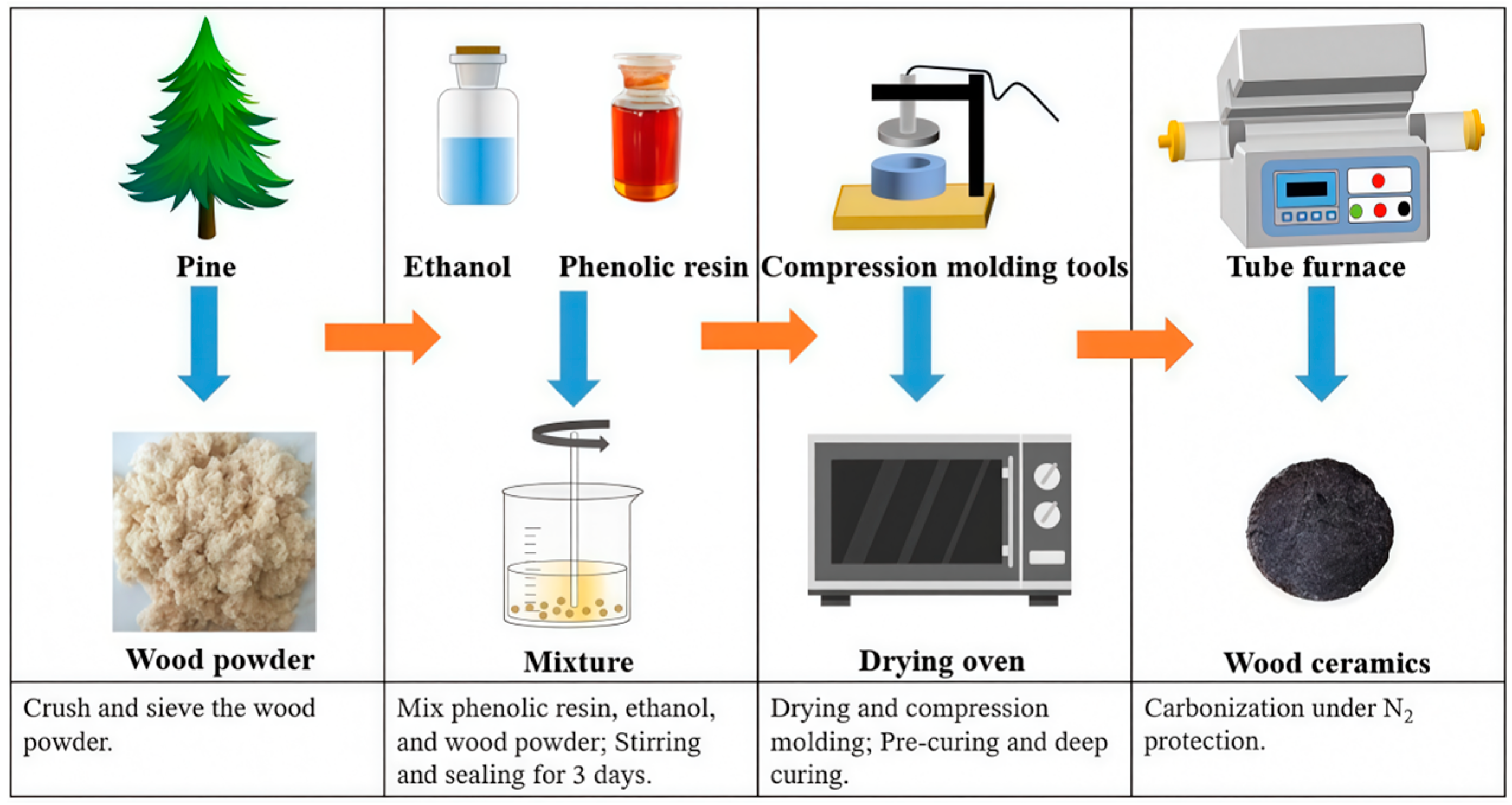
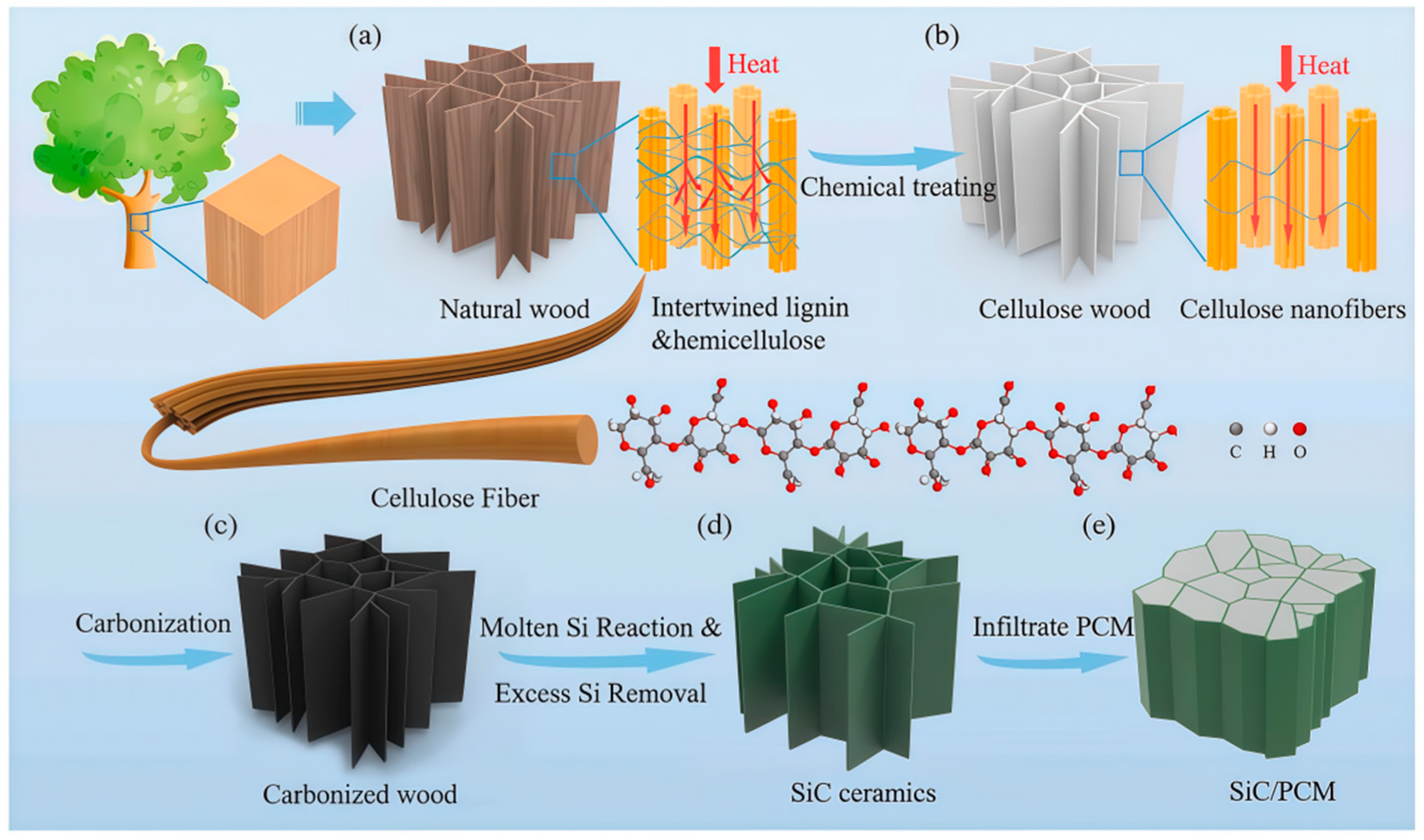
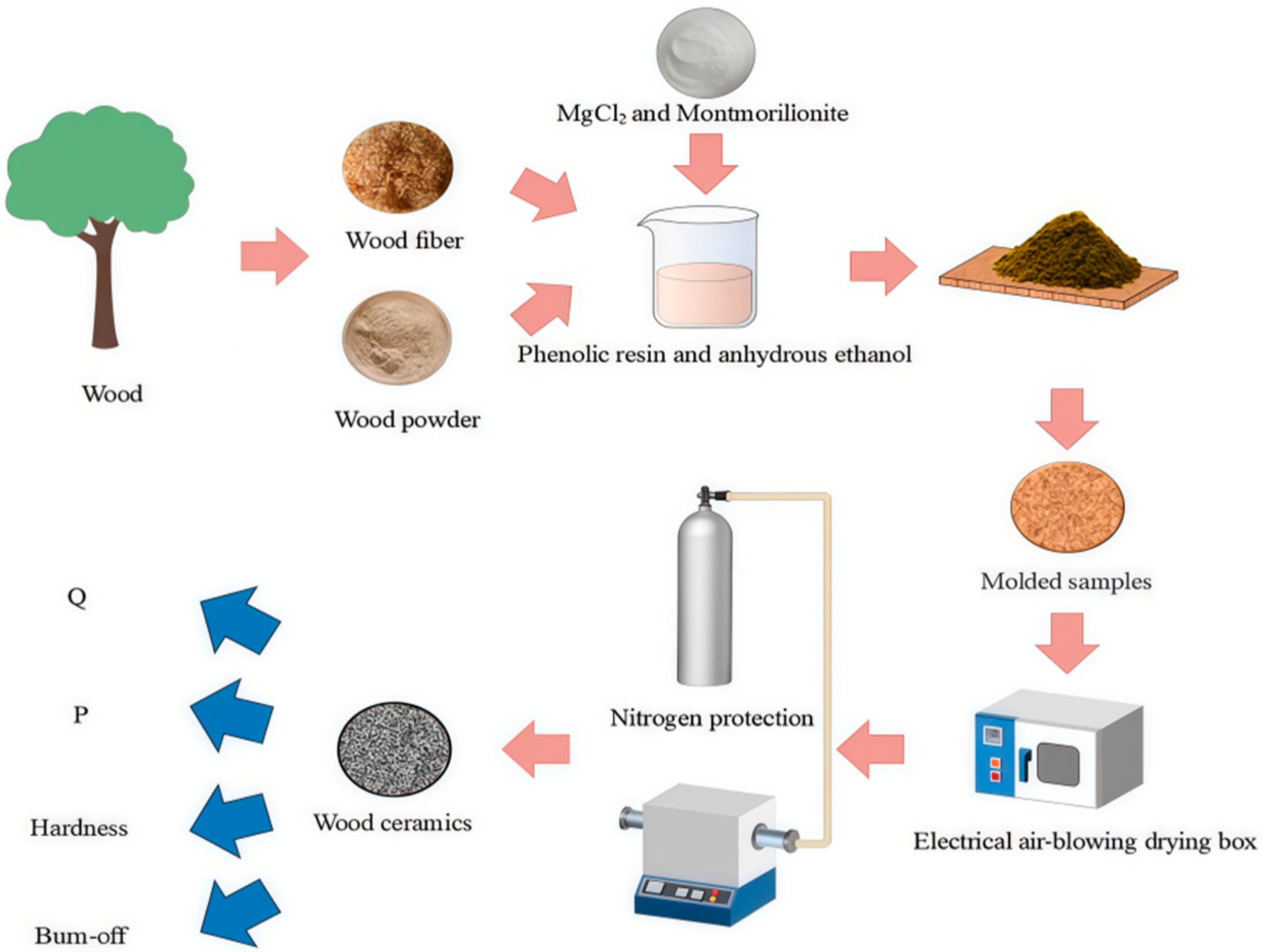

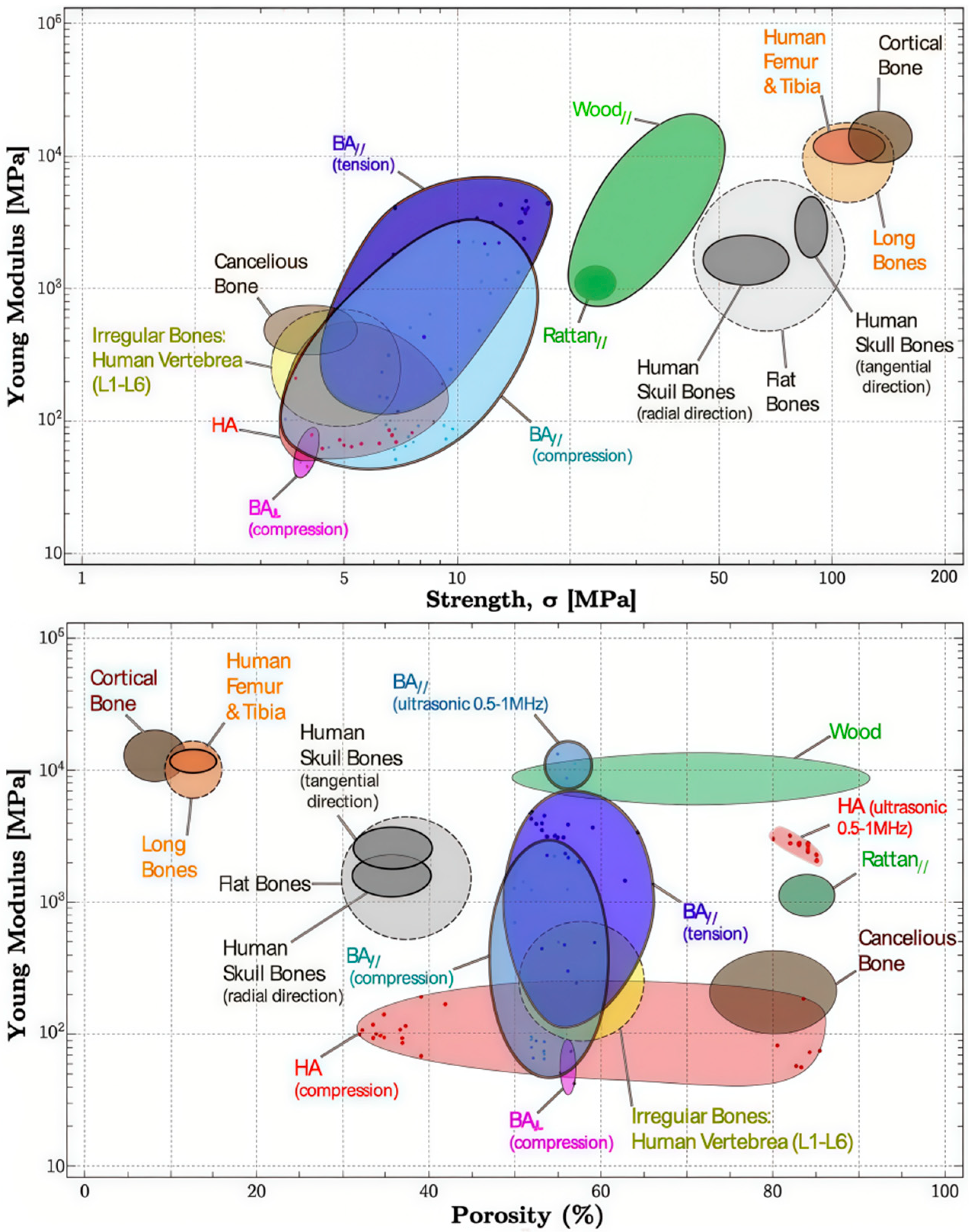
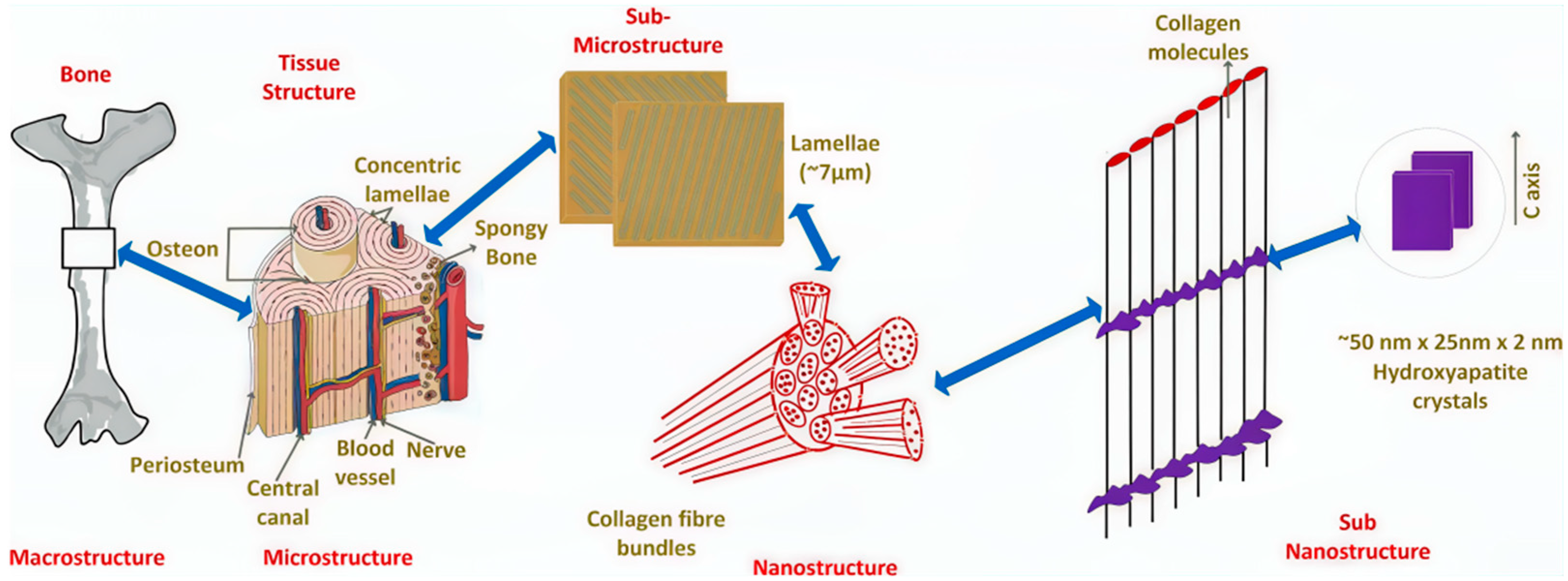
| Template Material (Pre-Treatment) | Process Parameters T (°C) | Microstructural Features T (h) | Mechanical Properties Si (wt%) | Functional Performance Pore Size (μm) | Porosity (%) | Thermal Conductivity (W/m·K) |
|---|---|---|---|---|---|---|
| Pinewood powder (Phenolic resin) | 1650 | 2 | 70 | 50–200 (vascular) | 22.3 ± 1.2 | 18.5 [7,14] |
| Bamboo veneers (TEOS hybrid) | 1750 | 3 | 80 | 20–150 (graded) | 18.7 ± 0.9 | 24.3 [8,12] |
| Oak sawdust (Enzymatic lignin) | 1550 | 1.5 | 60 | 5–50 (mesopores) | 35.1 ± 2.4 | 12.7 [9,17] |
| Cottonwood fiber (CNT coating) | 1700 | 2.5 | 75 | 10–80 (aligned) | 26.8 ± 1.8 | 31.6 [11,15] |
| Balsa wood (No additive) | 1600 | 1 | 65 | 100–300 (honeycomb) | 42.5 ± 3.1 | 9.8 [10,16] |
Disclaimer/Publisher’s Note: The statements, opinions and data contained in all publications are solely those of the individual author(s) and contributor(s) and not of MDPI and/or the editor(s). MDPI and/or the editor(s) disclaim responsibility for any injury to people or property resulting from any ideas, methods, instructions or products referred to in the content. |
© 2025 by the authors. Licensee MDPI, Basel, Switzerland. This article is an open access article distributed under the terms and conditions of the Creative Commons Attribution (CC BY) license (https://creativecommons.org/licenses/by/4.0/).
Share and Cite
Ji, S.; Sun, Y.; Zhang, H. A Minireview on Multiscale Structural Inheritance and Mechanical Performance Regulation of SiC Wood-Derived Ceramics via Reactive Sintering and Hot-Pressing. Forests 2025, 16, 1383. https://doi.org/10.3390/f16091383
Ji S, Sun Y, Zhang H. A Minireview on Multiscale Structural Inheritance and Mechanical Performance Regulation of SiC Wood-Derived Ceramics via Reactive Sintering and Hot-Pressing. Forests. 2025; 16(9):1383. https://doi.org/10.3390/f16091383
Chicago/Turabian StyleJi, Shuying, Yixuan Sun, and Haiyang Zhang. 2025. "A Minireview on Multiscale Structural Inheritance and Mechanical Performance Regulation of SiC Wood-Derived Ceramics via Reactive Sintering and Hot-Pressing" Forests 16, no. 9: 1383. https://doi.org/10.3390/f16091383
APA StyleJi, S., Sun, Y., & Zhang, H. (2025). A Minireview on Multiscale Structural Inheritance and Mechanical Performance Regulation of SiC Wood-Derived Ceramics via Reactive Sintering and Hot-Pressing. Forests, 16(9), 1383. https://doi.org/10.3390/f16091383









